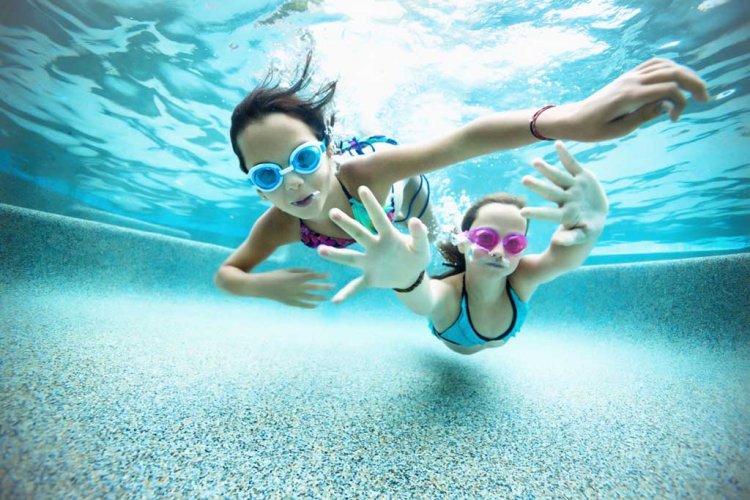Here's how you can make swimming pools safer!

Washington, US: A team of researchers has discovered a remedy to lessen the infection caused by chlorinated swimming pool water. The new study led by the American Chemical Society found that using complementary forms of disinfection, like copper-silver ionization (CSI) can help the by effects of swimming pool infections. Swimming in indoor or outdoor pools is a healthy form of exercise and recreation for many people. However, the findings published in ACS' Environmental Science & Technology have linked compounds that arise from chlorine disinfection of the pools to respiratory problems, including asthma, in avid swimmers.
Disinfecting swimming pool water is necessary to inactivate harmful pathogens. Although an effective disinfectant, chlorine can react with organic matter and compounds introduced by swimmers, such as those in sweat, urine, sunscreens, and cosmetics, to produce disinfection byproducts (DBPs).
Epidemiological studies have linked DBPs to health problems, including respiratory issues, bladder cancer, and pregnancy and birth complications. One way to reduce the amount of added chlorine is through the use of complementary disinfection strategies, such as CSI, which involves generating antimicrobial copper and silver ions by electrolysis.
Susan Richardson and colleagues wondered whether using CSI along with reduced chlorine levels could disinfect pool water while also reducing DBP formation and toxicity.
To find out, the researchers collected water samples from two pools treated with CSI and chlorine, one outdoor and one indoor. They detected 71 DBPs, some of which were quantified for the first time in pools.
In experiments with mammalian cells in the lab, the team found that the indoor pool samples were more toxic to cells than the outdoor samples, likely because outdoor DBPs can volatilize in the open air or degrade with sunlight over time.
In indoor pool water, the lowest levels of DBP formation and toxicity were observed when the lowest amount of chlorine was used in combination with CSI. To control for factors such as the number of swimmers, temperature, and pH, the researchers also conducted experiments in simulated pools with a solution added that mimics human body fluids, and they observed similar results.
These data suggest that using CSI with lower amounts of chlorine could be a way to make swimming safer, the researchers say.















































